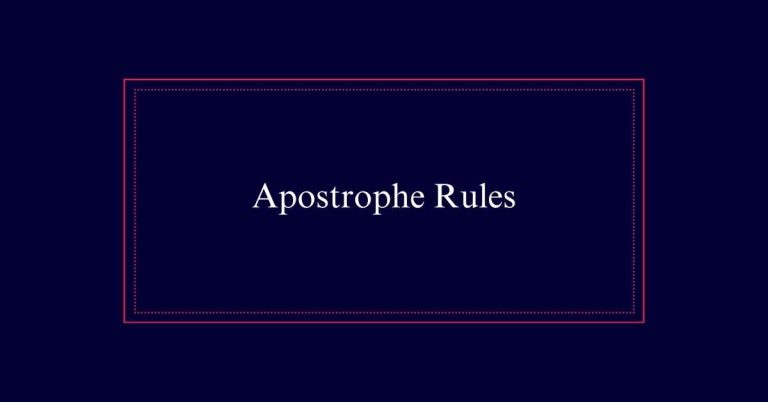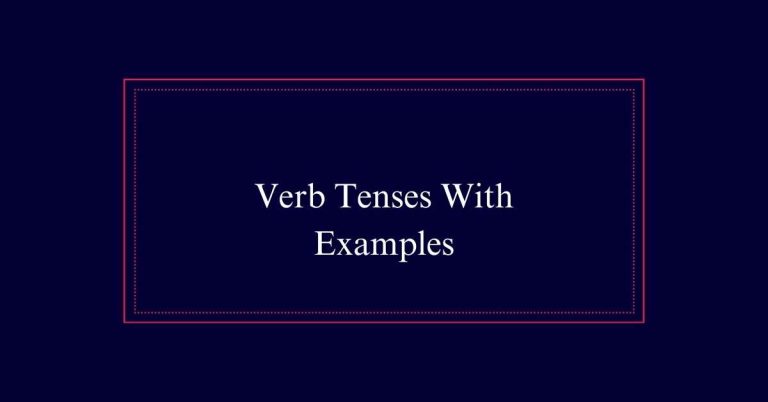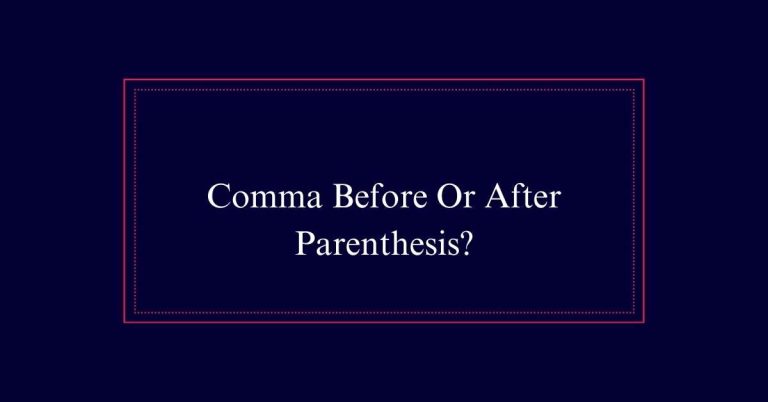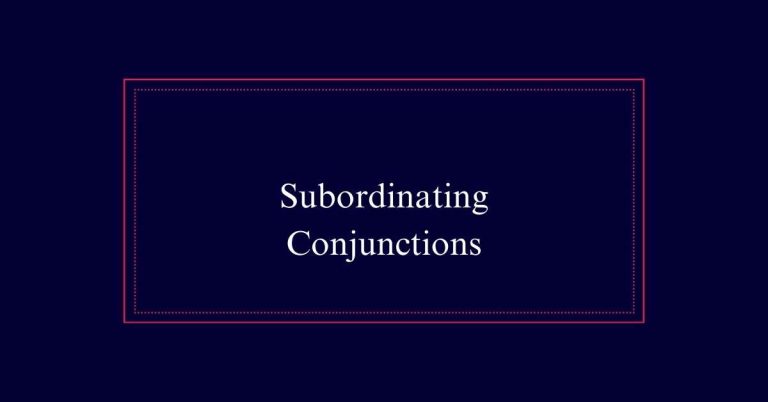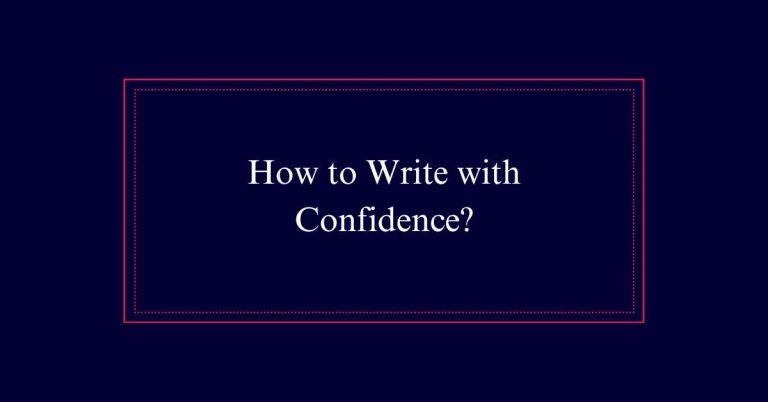Comma After Question Mark
Using a comma after a question mark can be important for clarity in certain contexts. Typically, a question mark concludes a sentence, so a comma isn’t needed. However, if a question is followed by additional information or clarification, a comma can help maintain readability, e.g., “Did you bring your notes, the ones from the meeting?”
Understanding Punctuation Rules
Understanding the rules of punctuation is essential for clear and effective communication. Proper punctuation guarantees that writing is easily understood and free from ambiguity.
Using commas, periods, exclamation points, and question marks correctly is vital. For instance, a comma typically separates a quotation from an attributive tag. However, when a question mark or exclamation point is used, a comma is unnecessary. The attributive tag should follow immediately after the closing quotation marks.
Incorrect punctuation can confuse readers and obscure the intended message. Adhering to punctuation rules enhances readability and clarity.
Quotation and Attributive Tags
Proper punctuation in writing extends to the correct use of quotation marks and attributive tags. When incorporating an attributive tag, such as ‘she said’ or ‘he asked,’ punctuation is crucial. Generally, a comma separates the quote from the tag.
For instance, ‘I am going to the store,’ she said. However, when the quote ends with a question mark or an exclamation point, no comma is needed. The attributive tag should follow directly after the closing quotation marks.
For example, ‘Are you joining us?’ he asked. This rule guarantees clarity and maintains the integrity of the sentence structure.
Question Marks in Quotes
When a quotation ends with a question mark, it is important to follow specific punctuation rules to guarantee clarity. A question mark should be placed inside the closing quotation marks if the quoted material is a question. No comma is necessary after the question mark. The attributive tag, which identifies the speaker, should directly follow the closing quotation marks.
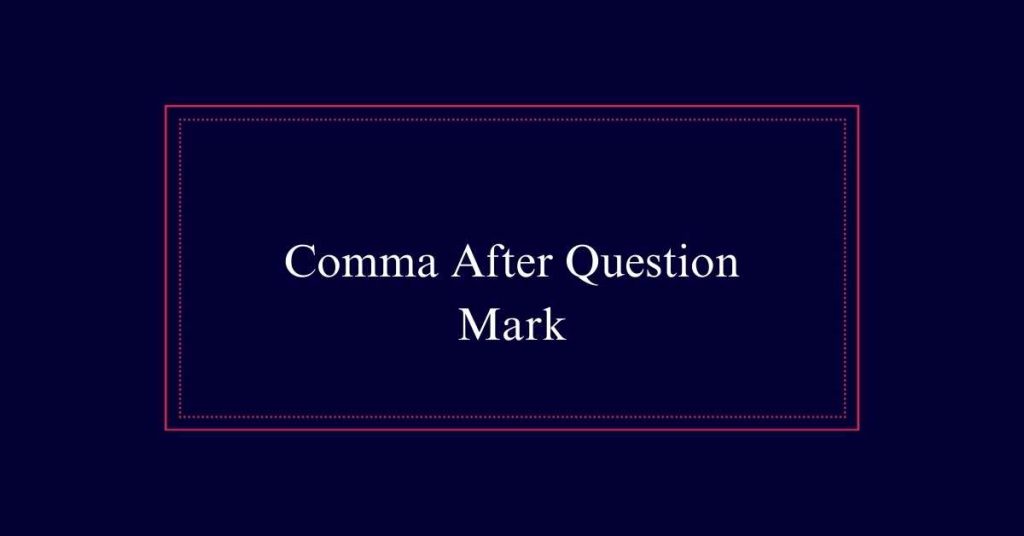
For example, in the sentence, ‘Are you coming with us?’ John asked, the question mark indicates an interrogative sentence, eliminating the need for a comma.
Exclamation Points in Quotes
Exclamation points in quotes follow similar rules to question marks, ensuring clarity and correct punctuation.
When a quote ends with an exclamation point, the attributive tag should follow immediately after the closing quotation marks without a comma. This helps maintain the intended emotional intensity of the quoted statement.
For instance, writing ‘Watch out for the car!’ she screamed is correct. The exclamation point replaces the need for a comma after the quote.
This rule applies universally to all sentences where an exclamation point is used.
Common Punctuation Mistakes
Misusing punctuation marks, like question marks and exclamation points, is a common mistake that can confuse readers and obscure the intended message.
One frequent error is the unnecessary use of commas after these punctuation marks. For example, writing ‘Are you coming?,’ is incorrect; the comma should be omitted.
Another common mistake is misplacing periods and commas inside quotation marks. Always place periods and commas inside the closing quotation marks, while other punctuation marks like question marks depend on the quoted material.
Correct Use of Question Marks
Understanding the correct use of question marks is essential for effective communication. Question marks indicate that a sentence is an interrogative. They should be placed at the end of a direct question. When used within quotations, the question mark should be inside the quotation marks if the quoted material itself is a question.
| Situation | Correct Usage | Example |
|---|---|---|
| Direct Question | Place at the end of the sentence. | Are you coming? |
| Quoted Question | Inside quotation marks if the quote is a question. | ‘Are you coming?’ she asked. |
| Indirect Question | No question mark is used. | He asked if you are coming. |
Enhancing Clarity With Punctuation
Effective punctuation greatly enhances the clarity of written communication. Using punctuation correctly guarantees that the reader understands the writer’s intent without confusion.
For instance, a question mark at the end of a question indicates that the sentence is interrogative. Following this with an attributive tag without a comma maintains clarity. An example is: ”Are you coming with us?’ John asked.’ Here, the question mark clearly indicates the nature of the sentence, and the absence of a comma before the attributive tag keeps the flow smooth.
Benefits of Proper Punctuation
Proper punctuation greatly enhances the readability and accuracy of written communication. It guarantees that the message is clear and unambiguous. Correct punctuation guides the reader through the text, indicating where to pause and how to interpret sentences. It also helps in conveying the intended tone and meaning.
Misplaced or missing punctuation can lead to misunderstandings and confusion. By adhering to punctuation rules, writers can effectively communicate their ideas. This attention to detail not only improves the quality of writing but also reflects professionalism.

